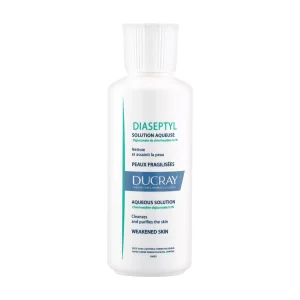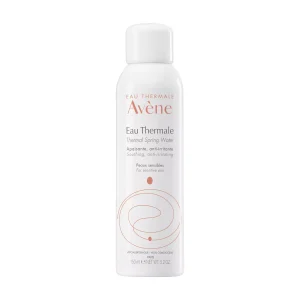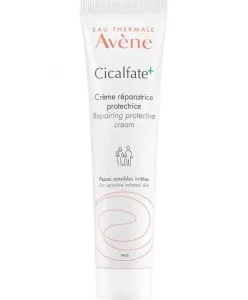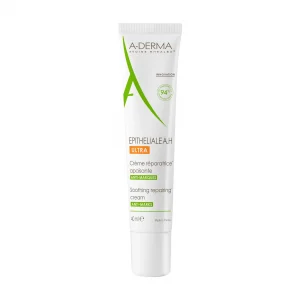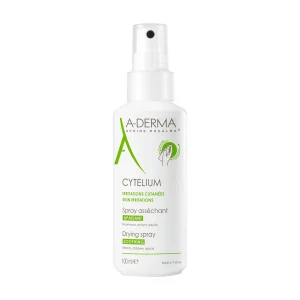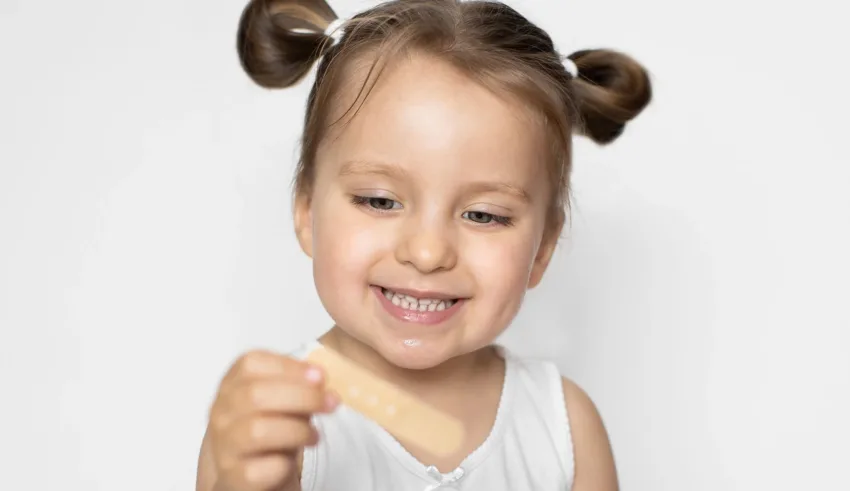
A wound is a break in the skin caused by a cut, abrasion, scrape, puncture, blister, or incision. It is important to care for your child’s wound to promote healing, avoid infection and minimize scarring. Different types of wounds require different dressing products and care. Read this article from The Dermo Lab to learn how to organize, follow and discuss a wound care and management plan for children.
What is a wound?
A wound is a break in the skin caused by a laceration (cut), abrasion (scrape), puncture, or incision (opening made during surgery or a medical procedure). Some wounds require stitches to close.
All wounds heal by forming a scar. The size of the scar can be reduced by removing stitches at the right time, preventing infection and protecting the wound from injury during healing.
What factors affect wound healing in children?
A wide range of external physiological factors can also affect the progression of healing, prolonging or even preventing the process altogether. Five of the most important factors are:
- Excess body weight
Overweight or obese children are more likely to experience delayed healing as well as wound complications, including infection.
- Chronic diseases
Chronic diseases such as diabetes are a major factor in impaired wound healing in many people. Most persistent diseases delay wound healing by interfering with one or more aspects of the immune system response.
- Poor nutrition
Optimal wound healing requires optimal nutritional support. Children who have an unhealthy diet that does not meet their basic nutritional needs are more likely to experience slow or delayed healing which can lead to chronic wounds or wounds that take more than three months to heal completely.
- Type of wound
The type of wound your child has will affect how quickly he heals. It makes sense that larger wounds take longer, but the shape of the wound is also important.
- Repeated trauma
If your child has multiple wounds or has experienced severe trauma (for example, surgery), his body’s defense mechanisms will be limited and will slow down wound repair.
Keep reading to learn about the wound care steps and how to choose the best wound cream for your little one.
How to treat a child’s wounds?
The following recommendations will help your child’s wounds heal safely.
- Clean the wound
- Wash your hands.
- Clean the wound with plenty of cool water. Make sure all dirt and debris have been removed.
- Clean the area around the wound with mild soap and water.
The following disinfectant spray cleanses the skin easily and instantly, without causing pain or further damage to the skin. The dermatologically tested formula is suitable for babies, children, and adults, thanks to its simple and well-tolerated composition, which contains no alcohol or dyes. It is effective against a wide range of microorganisms.
Ducray Diaseptyl Spray
After cleaning, spray a fine mist of Avène thermal spring water with soothing and anti-irritating properties to keep the wound moist and prevent infection.
Eau Thermale Avène Spring Water Spray
- Stop the bleeding
- Cover the wound with gauze or a clean towel and press it with your palm.
- If the gauze is soaked, do not remove it. Put another layer of gauze over it.
- Hold the pressure for a few minutes after the bleeding stops.
- Try to elevate the area where the wound is, such as the leg or arm.
- Treat the wound
- Apply a wound cream to the area to speed up the healing process.
Check out the following creams that help repair your little one’s irritated skin and soothe discomfort. The skin is immediately soothed from the first application.
For non-oozing wounds:
Eau Thermale Avène Cicalfate+ Restorative Protective Cream
A-Derma Epitheliale A.H Ultra Soothing Repairing Cream
For oozing wounds:
If your kid’s wound is oozing, we recommend drying it with the following spray from A-Derma which drains and decongests oozing skin. It also soothes, calms, and softens the skin in case of irritation.
A-Derma Cytelium Drying Spray
Once the wound is dry, you can continue with the creams mentioned above.
- Keep the dressing dry
If your child has a simple wound, keep a clean, dry dressing on the wound. Bandages keep germs out and protect the wound from injury. A bandage also keeps the wound warm and moist so it can heal. Most dressings can be left on for several days. If the bandage is not waterproof and gets wet, it should be removed and replaced with a clean bandage.
- Encourage healthy eating
A well-balanced diet will give your child the elements his or her body needs to heal an injury. Make sure your child’s diet includes:
- Protein: provides the building materials needed for muscle and skin repair (e.g., lean pork and beef, fish, chicken…).
- Carbohydrates: provide energy for healing (e.g., whole grain bread and cereals, potatoes, rice, pasta, fruits, and vegetables).
- Foods with vitamin A: support skin repair and the immune system (e.g., bright orange fruits and vegetables, spinach).
- Foods with vitamin C: contribute to collagen production and support the immune system (e.g. citrus fruits).
How do you know if a wound is healing?
Abrasions, wounds, or surgical cuts go through four medical stages of healing: hemostasis, inflammation, proliferation, and maturation. The signs of wound healing are:
- Bleeding or scabbing: Every wound (except burns and pressure sores) or sore goes through the initial stages of bleeding, clotting, and scab formation. For example, a wound initially bleeds, then begins to clot after a few minutes, and then forms a scab as the blood dries.
- Swelling: Swelling occurs immediately after a scab forms. It indicates that the body is naturally healing and repairing the injured area. The site appears to be slightly red or pink, indicating an adequate blood supply.
- New tissue growth: After the swelling stops, the body repairs blood vessels and replaces damaged tissue. Over time, the skin pulls the edges of the wound inward. Eventually, new tissue forms.
- Scars: Minor wounds do not leave scars, but deep wounds leave scars that take time to heal and are often itchy.
When should I call the doctor?
If a deep or large wound becomes infected, it can be a serious problem. Call your doctor right away if:
- Your child has a fever or swollen glands (or both).
- Your child has increased pain, even with painkillers, or the pain radiates beyond the wound area.
- The area around the wound becomes increasingly swollen.
- There is an area of redness spreading around the wound or red streaks on the skin around the wound.
- You see blood or pus draining from the wound.
- Your child has signs of dehydration, such as decreased peeing, dark pee, and dry mouth.
The good news about wound healing is that young bodies heal faster. Help your child take care of the wound and follow the doctor’s advice.
Last Updated on April 3, 2023

